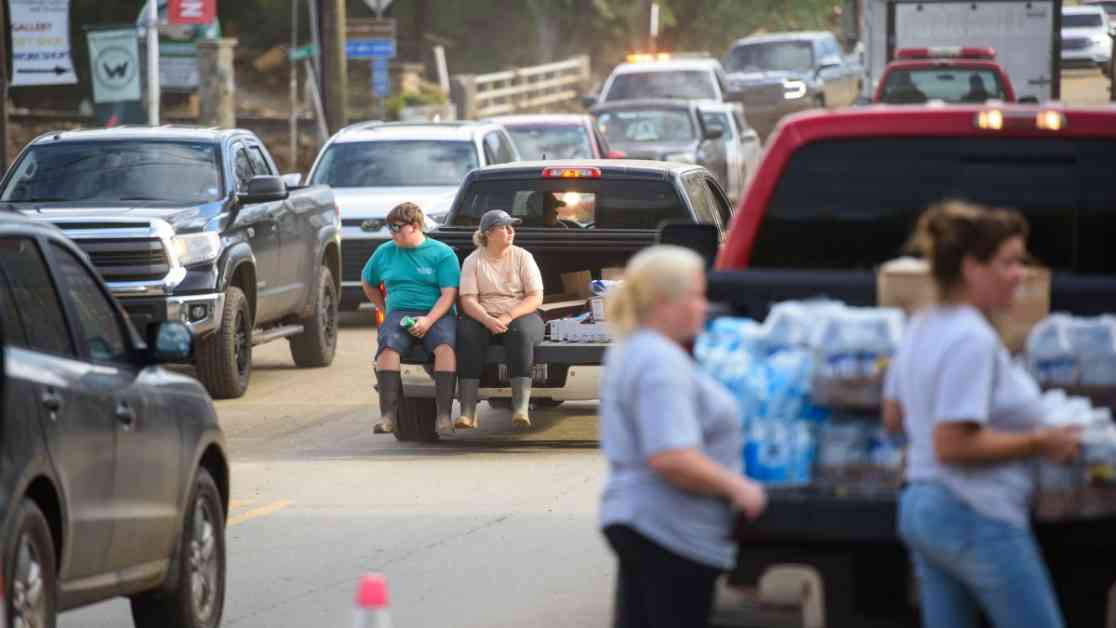The impacts of Hurricane Helene are still being deeply felt across the United States. While the initial landfall occurred in Taylor County, Florida, the aftermath of the storm has had far-reaching effects in states such as Georgia, South Carolina, North Carolina, and Tennessee.
Florida Power and Light has completed power restoration in areas that can safely receive it, but assessments are ongoing in other regions to determine the extent of the damage. In western North Carolina, significant infrastructure damage must be addressed before electricity can be fully restored.
Hurricane Helene was a well-forecast storm with significant impact potential. The size of the wind field, heavy rainfall, and swift forward motion led to widespread coastal and inland damage, making it a billion-dollar disaster. As damage assessments and rescue efforts continue, it’s essential to remember two key pillars during hurricane season.
Firstly, access to information is crucial. While some may choose not to follow local news, it is important to provide critical, potentially life-saving information to the public before and during severe weather events. Being informed is key to making the best decisions when faced with a crisis.
Secondly, preparedness is key to withstanding the initial impact of a storm. While forecasts and historical data can guide preparation efforts, it ultimately falls on individuals to decide how resilient they want to be. Investing time and resources in storm preparation can make a significant difference in the outcome of a severe weather event.
As we enter October and continue to monitor the tropical Atlantic, it’s important to remain aware and prepared throughout the remainder of hurricane season. Keeping an eye on developing storms like Kirk can help communities brace for potential impacts and ensure that necessary precautions are in place to protect lives and property. By staying informed and ready, we can navigate the challenges of hurricane season with greater resilience and safety.


